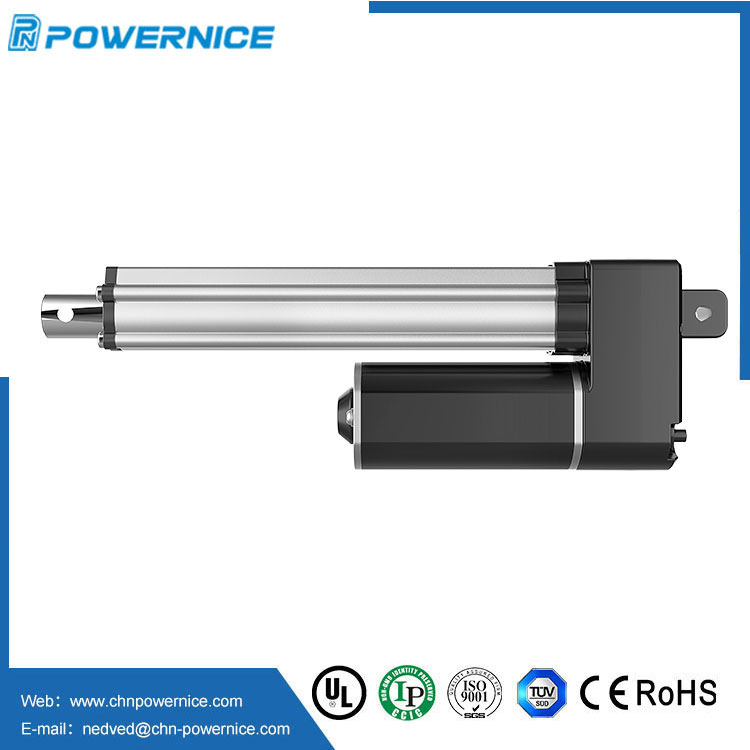Key features and applications of medical linear actuators
2023-10-18
Medical linear actuators are specialized electromechanical devices used in various medical and healthcare applications to provide precise and controlled linear motion. These actuators are designed to meet the specific requirements of the medical industry, including reliability, precision, and cleanliness. Here are some key features and applications of medical linear actuators:
Key Features:
1. Precision: Medical linear actuators are engineered for high precision, making them suitable for applications where precise positioning and control are essential. This precision is crucial in medical procedures and diagnostic equipment.
2. Cleanliness: Many medical linear actuators are designed to meet strict cleanliness and hygiene standards. They are often constructed with materials and finishes that are resistant to corrosion and easy to clean to minimize the risk of contamination in medical environments.
3. Quiet Operation: Low noise operation is important in healthcare settings, where noise levels can affect patient comfort and the overall environment. Medical linear actuators are designed to operate quietly, reducing noise pollution.
4. Compact Size: Many medical devices require compact and space-efficient linear actuators due to limited space in healthcare settings, such as hospitals and clinics.
5. High Load Capacity: Depending on the application, medical linear actuators may need to support significant loads, such as in patient lifts and surgical tables.
6. Remote Control and Integration: These actuators can be integrated with medical equipment control systems and often offer remote control and monitoring capabilities for healthcare professionals.
7. Reliability: Reliability is crucial in medical applications to ensure the safety and effectiveness of procedures and treatments. Medical linear actuators are built to operate reliably under various conditions.
Applications:
1. Patient Positioning: Linear actuators are used in medical beds, examination tables, and surgical tables to adjust the position of patients for examinations, procedures, and surgeries.
2. Dental Chairs: Dental chairs often feature linear actuators to provide adjustable seat positioning for patients and practitioners.
3. Surgical Instruments: Some surgical instruments and robotic surgical systems use medical linear actuators to control the movement of surgical tools with precision.
4. Diagnostic Equipment: Linear actuators are used in medical imaging devices, such as CT scanners and MRI machines, to control patient movement within the equipment.
5. Rehabilitation Equipment: Devices used in physical therapy and rehabilitation, such as therapy tables and exercise equipment, often incorporate medical linear actuators for adjusting the position of patients or resistance levels.
6. Laboratory Automation: Linear actuators play a role in laboratory automation systems, including liquid handling robots and sample handling equipment.
7. Wheelchair Lifts: Linear actuators are used in wheelchair lifts to help individuals with mobility challenges access different levels within healthcare facilities.
8. Respiratory Devices: Some respiratory devices may use linear actuators to control airflow or valve positions.
9. Home Healthcare Equipment: Medical linear actuators can also be found in home healthcare equipment, such as patient lifts and adjustable homecare beds.
The versatility and precision of medical linear actuators make them a vital component in various medical and healthcare applications, improving patient comfort, enhancing diagnostic capabilities, and contributing to the efficiency of medical procedures and treatments.



